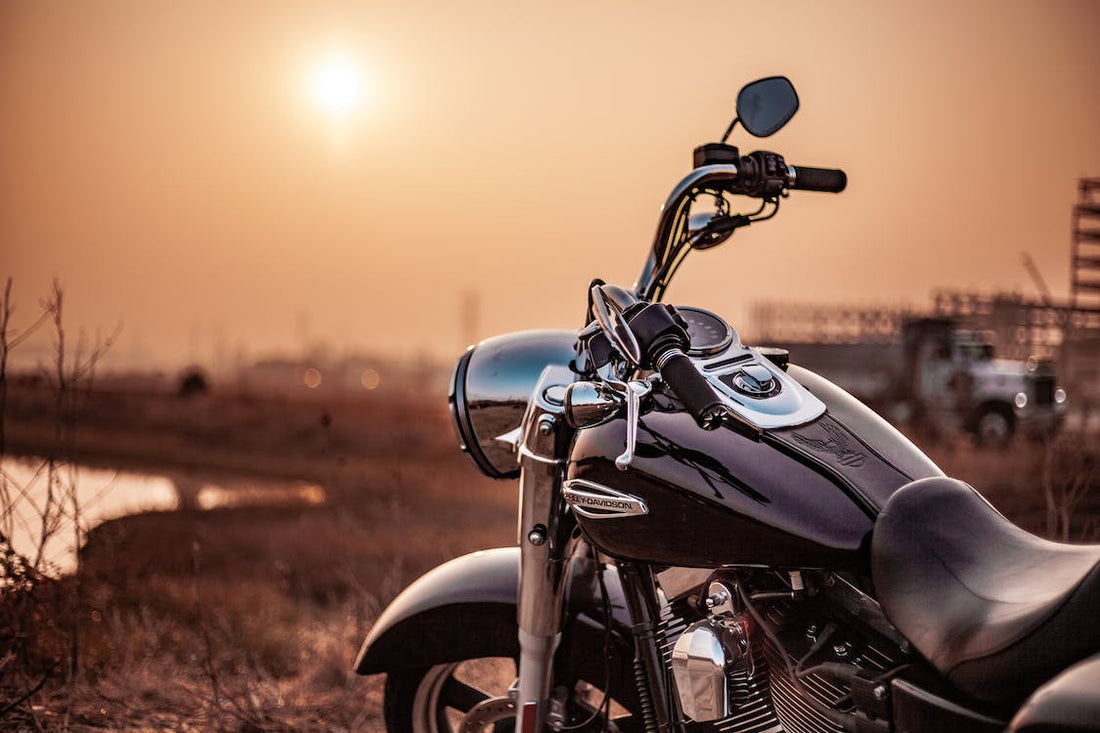Riding a motorcycle can be fun until pain and discomfort get in the way. The most likely culprit? The seat! Choosing the right seat material for your bike can mean the difference between a comfortable riding experience and dealing with back pain, aches, and chafing.
Besides comfort, the saddle dramatically alters the riding style and performance as well as changes your bike’s appearance in no small way. Many experienced riders know that aftermarket bike seats often provide a better sitting experience (and a cool look) than most stock options.
But what is the most comfortable material for a motorcycle seat, considering there are tons of options available? Here are the most important factors to consider when choosing a motorcycle seat material.
Your Riding Needs
First, consider your riding needs. Do you usually travel over long distances or cruise around town on short rides? On what type of terrain do you normally ride?
Once you figure these out, finding the most comfortable bike seat materials that match your riding needs becomes easy. Pay attention to the materials used in the seat pan, padding (foam or gel pad), and external covering when buying an aftermarket motorcycle seat, as these will determine the comfort level you experience.
Seat Pan
The seat pan is the “skeleton” that supports your motorcycle saddle, and most stock options are made of plastic. Although plastic is light and inexpensive, it tends to sag over time.
It is best to choose a steel pan for better seating support due to its rigidity. Consider adding rubber under the steel pan to prevent scratching your bike’s paint.
Seat Padding (Foam or Gel Pad)
The most common options when choosing the material for your seat’s padding are foam and gel inserts.
Foam
Most stock seats use foam pads to cushion the hard feel of the rigid seat pan and give the rider a stable, comfortable sitting. Foam seats (including seat pads) are generally more budget-friendly and compressible, making them a good option for weight distribution.
The two main foam materials are open-cell and closed-cell foams, with their chemical composition being a major difference.
- Open-cell foam: Choose an open-cell foam if you want a flexible, soft, absorbent seat material. Memory foam is a classic example; it conforms to your body and returns to its original shape once you get off the seat. Open-cell foam is a better choice if you do more leisure riding.
- Closed-cell foam: Go with this option if you want something suitable for racing or other extreme applications. It is firm, water resistant, and provides more support, meaning it will retain its shape and significantly reduce the likelihood of slipping, especially when navigating tight turns.
While open-cell forms are softer than closed-cell, they won’t retain their shape for too long. The opposite is true for closed-cell forms, but their hardness can leave you sore if you mainly plan to cruise around the city.
The good news is that you can customize your seat to use both open-cell and closed-cell foams, with the former as the seat’s top layer and the latter as the base layer.
Keep in mind that more padding doesn’t necessarily translate to increased comfort. In fact, adding extra layers of seat pads can increase the seat’s height, which may not be ideal in some cases.
Gel Pad
Gel pads are polymers inserted into the seat pad to lessen the impact of bumps on pressure points. Typically, they offer a different “feel” that’s a bit more comfortable than regular foams.
Generally, gel seats are a better option if you are riding for extended periods. In addition to supporting your weight over long distances, the material conforms to your body, keeping you comfy throughout your ride.
Adding a gel insert to your motorcycle seat will relieve pressure and improve your overall riding experience, especially if the foam in your stock seat is too thin. Some seats come with gel inserts, but if you can’t find those, you can buy a generic gel insert that fits your seat.
External Seat Cover
Lastly, you want to choose a seat upholstery or cover that’s not only aesthetically pleasing but durable. Motorcycle saddle covers come in a variety of options, from high-quality leather to cheap synthetic covers. While your budget will ultimately determine which option you buy, it is important to choose something that can withstand the harsh conditions that motorcycle seats are often exposed to.
Stock seats with low-quality cover materials won’t last, no matter how good other seat parts are. In addition to the rider’s weight and continuous friction, seat covers constantly contend with extreme temperatures, moisture, and UV rays.
For this reason, get high-quality covers that will last for many years. Leather is often used in good-quality motorcycle saddles because it can withstand abusive conditions for years. Marine-grade vinyl materials also make for durable seat covers and will look new, even after several years of use (as long as you provide the right care).
If your motorcycle saddle is comfortable and in good condition, but the seat cover is on the way out, you can reupholster the seat. Here’s a step-by-step guide on how to do just that. Be sure to read the guide before you remove your old seat cover.
Want to skip all the DIY hassles? Simply by a Wind Rider Seat Cover™ specifically designed to take all the punishment that comes with riding in hot climates. Besides being highly durable, the seat cover increases airflow in all directions. This reduces sweat and moisture, allowing a more comfortable riding experience on both hot and rainy days.
What Is the Most Comfortable Material for a Motorcycle Seat?
As you probably figured, the most comfortable material for your bike’s saddle comes down to your riding needs.
Stylish, eye-catching designs are great, but choosing a durable seat that will offer comfort is more important.
 Log in
Log in

